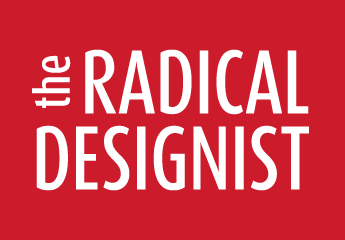Keith Russel
Abstract
While Art and Design share a large number of concepts, there is a fundamental tension, at the level of both theory and practice, between Art and Design in the articulation of their concepts. For example, reference is common to both domains. A painter may sketch and make a painting of a chair; a designer may design and build a chair. The references for each may be similar in terms of the history of an object, but the actual use-references will be at extreme ends of a continuum. In simple terms, the built chair can be sat on; the painted chair is for looking at.
Use and purpose tend to hold Art and Design theory apart. Design students are taught Art theory at a distance, as part of a general history of artefacts. Art students are taught Design theory indirectly as an aspect of creativity and process. Both domains tend to keep to themselves on the basis of the tension between them that is determined at the conceptual level.
This tension is available as a structure that can help inform both domains. By calling on the strong differences between Art and Design concepts, it is possible to draw both domains into a common understanding of the theoretical issues of Art and Design. Design theory is on the outer edge of the post-modern: its concerns are still largely those of an innocent modernism. Art theory, while it has embraced the richness of everything "post", is on the outer edge of use-value: its concerns have become, for many, those of an anonymous interior.
Beyond this tension there remains the general avoidance of concepts that inform both Art and Design. This may be less of an issue in Art where the rush of recent social theory has been powerful if not overpowering. The resistance of Design to this body of theory is instructive in that Design has managed to retain a coherence. Between these two responses (embracing and resistance) there is the possibility for a new shared domain of Art and Design theory secured by the tension and openness to other domains such as archaeology, anthropology, sociology, philosophy, psychology, theology, history, literature, biology and technology.
ISSUE 3 | April 2010 | 05/07 | Past Radical Propositions

